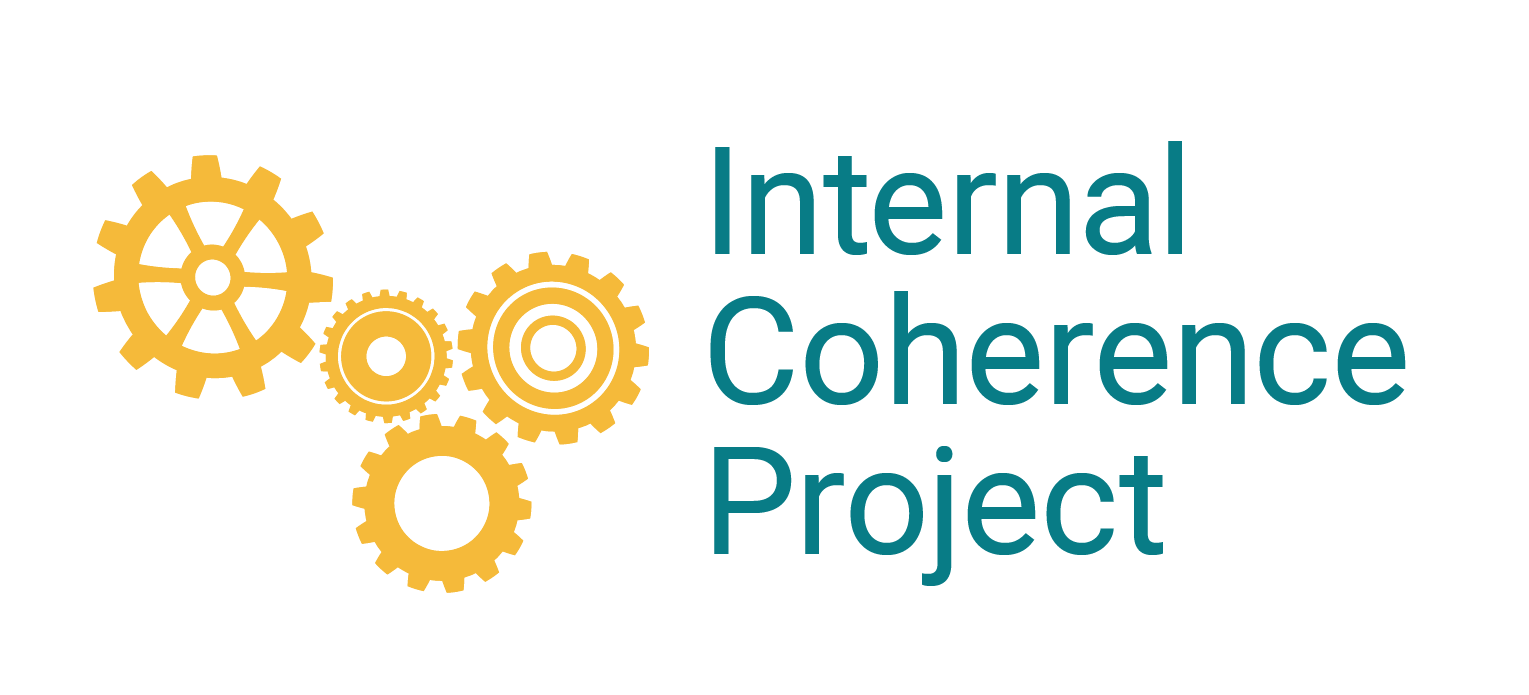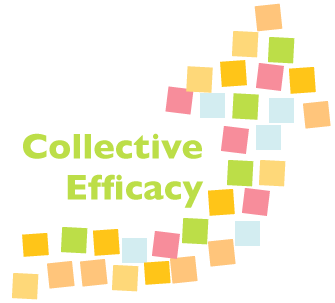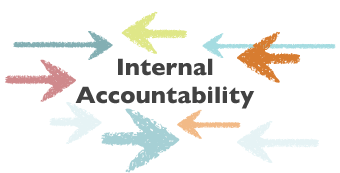The Internal Coherence Assessment and Protocol was developed by a team consisting of Richard Elmore, Michelle Forman, Elizabeth Leisy Stosich, and Candice Bocala.
If you are interested in learning more about how the Internal Coherence Project works with schools, school systems, and other education partners, please email Michelle Forman at mforman@serpinstitute.org.




